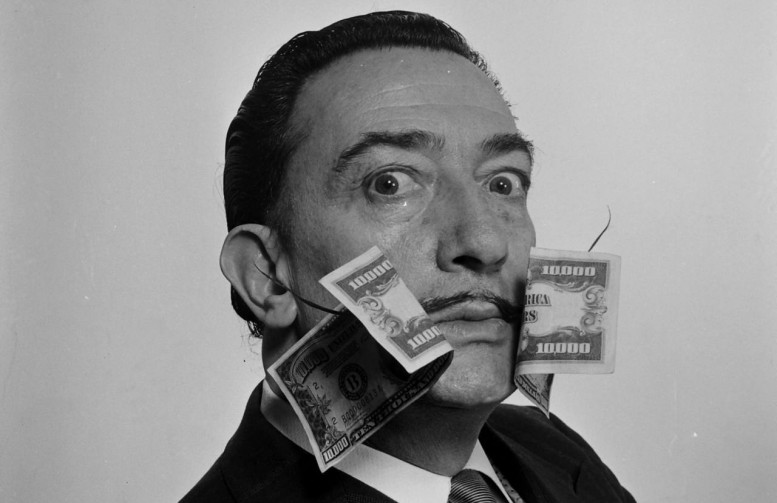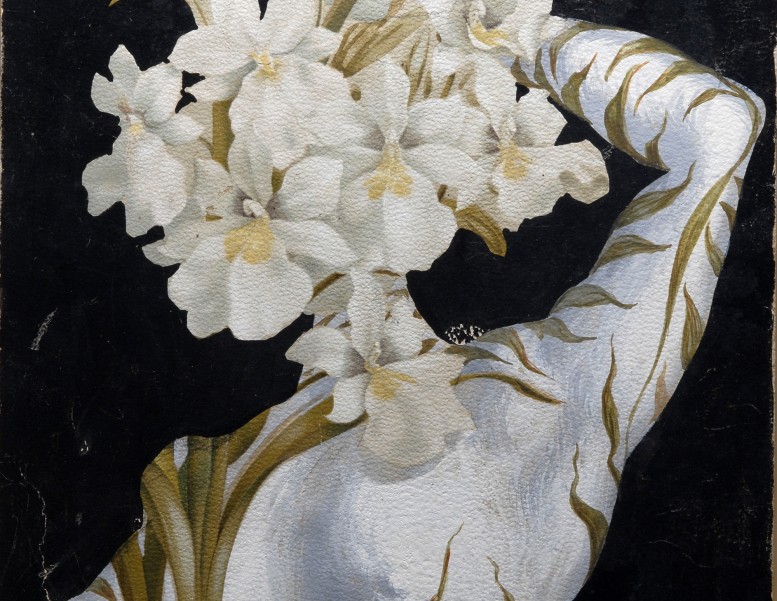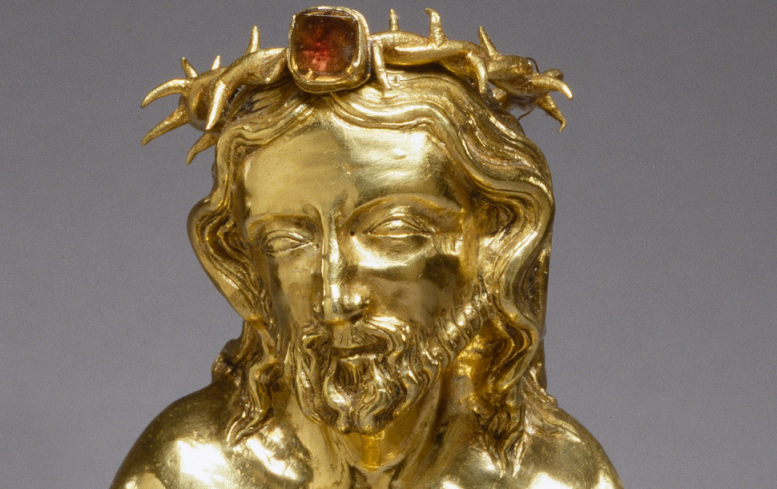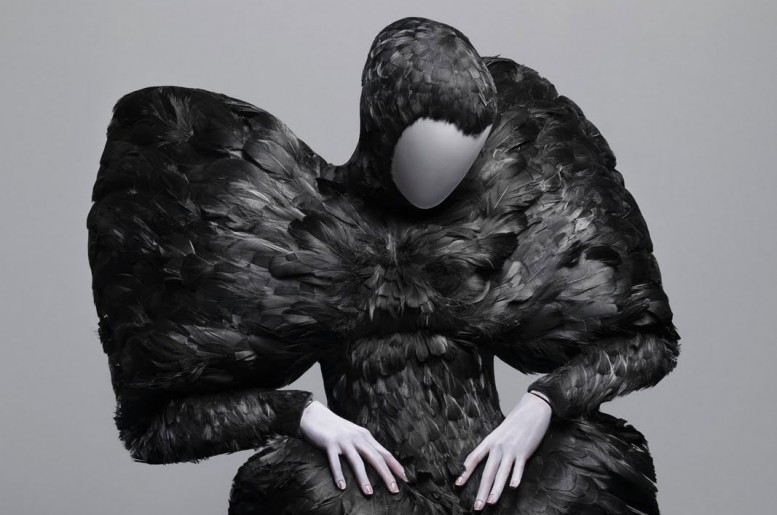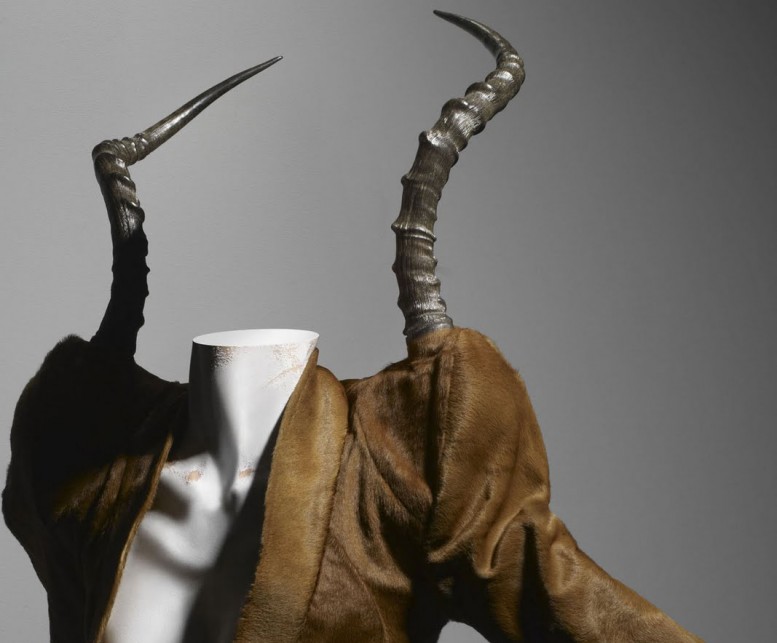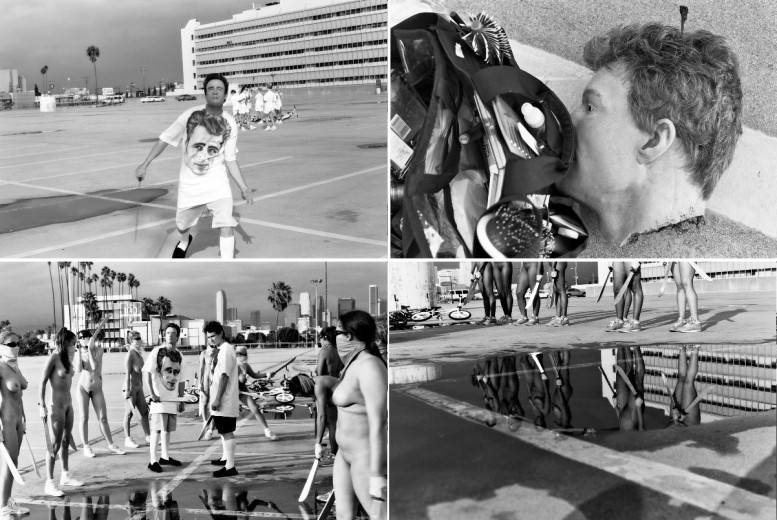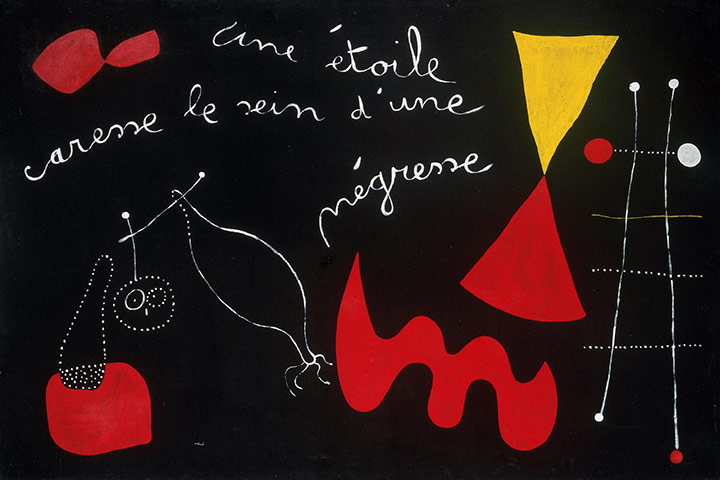
A this one to the list of the growing phenomenon of designer retrospectives being held around the world. Inspiration Dior, an exhibition at the Pushkin Museum in Moscow, explores the birth of the legendary fashion house. Christian Dior was born in the seaside town of Granville on the coast of France, the second of the five children of Maurice Dior, a wealthy fertilizer manufacturer and his wife. His family had hopes that the young Dior would become a diplomat, but his artistic sensibilities would obviously prevail. In 1947 his 'new look' collection is established and the House of Dior is born. The exhibition explore not only Dior, but the inspiration behind Dior, guiding the visitor "through the Dior artistic creative sources of fashion and its links to history, nature, painting, sculpture, drawing, photography and film. It reveals how an idea, a feeling, an era, a garden, a perception or even a smell can instill an idea in the heart and mind, giving rise to a unique creation." Inspiration Dior is on view until July 24 2011. www.arts-museum.ru


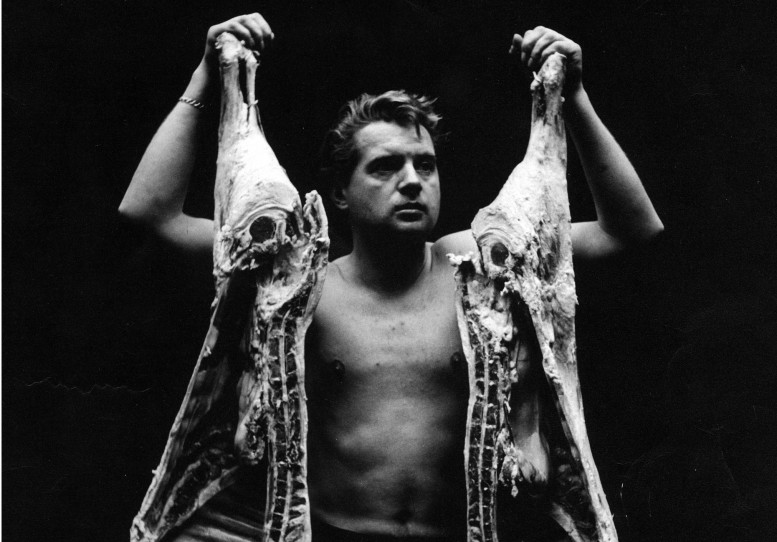
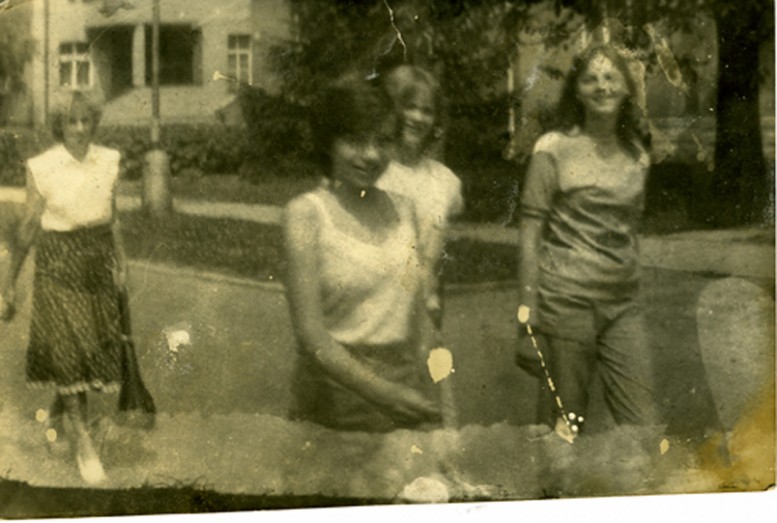
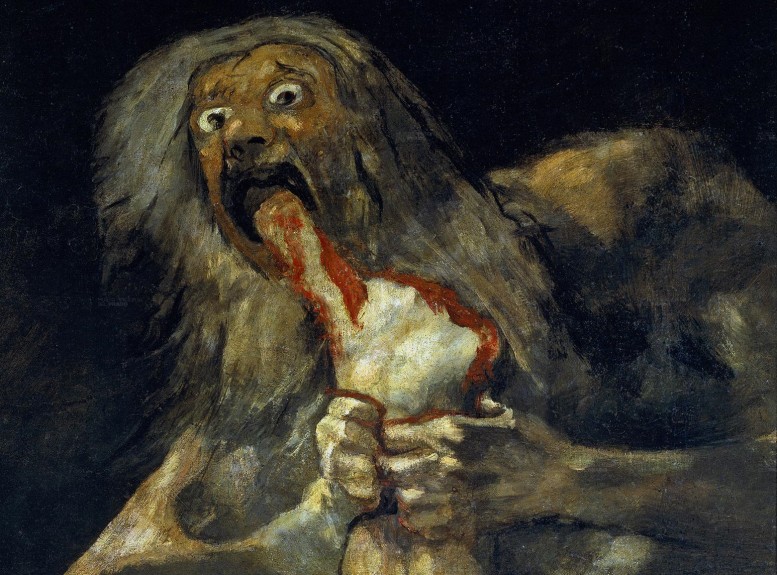


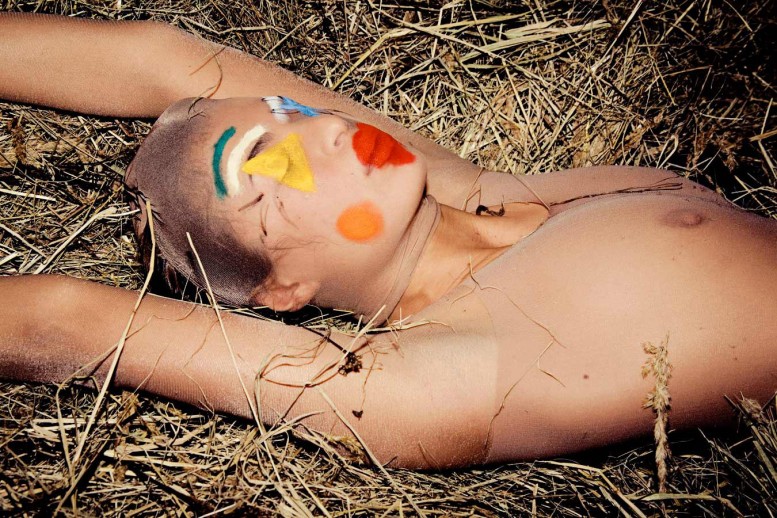
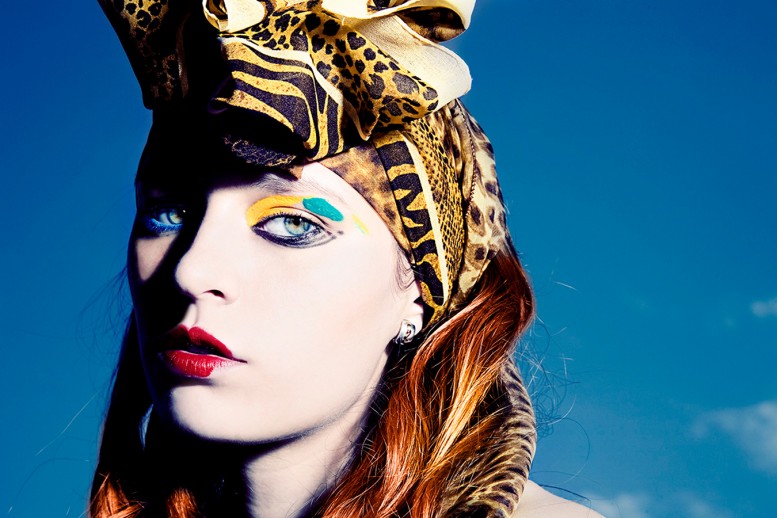
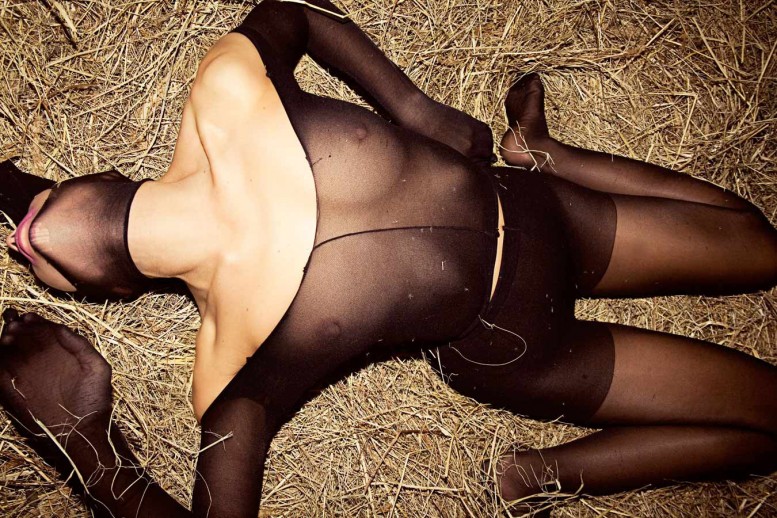
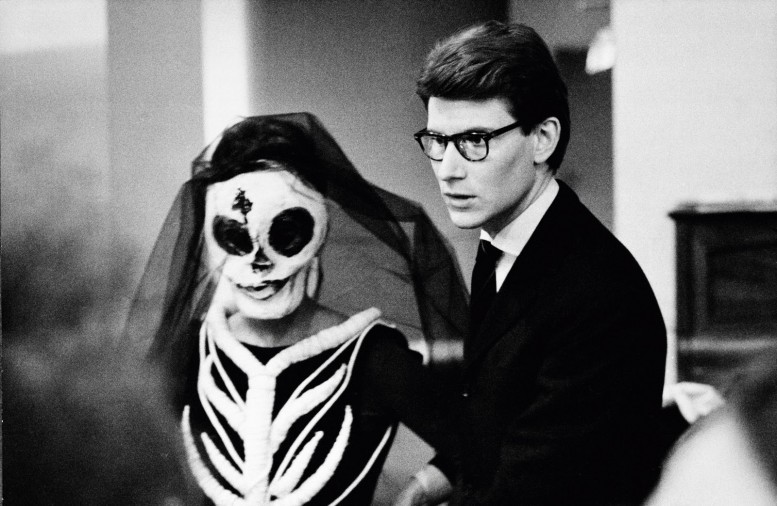



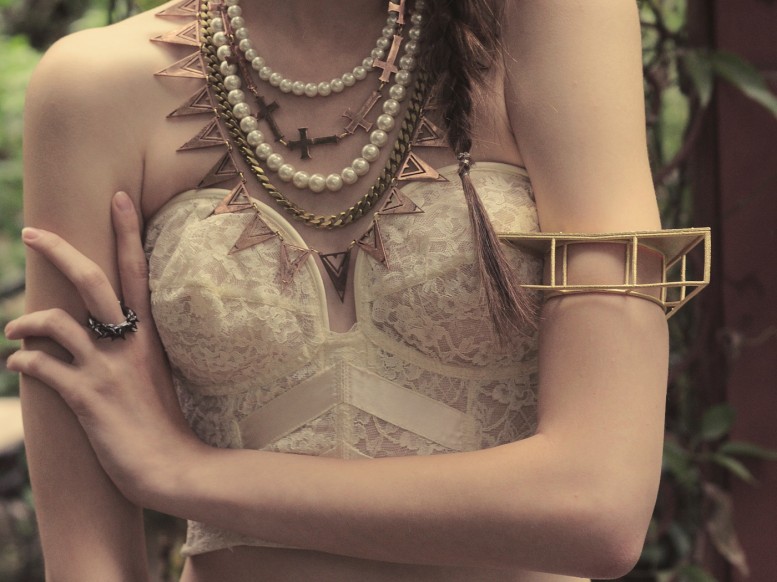
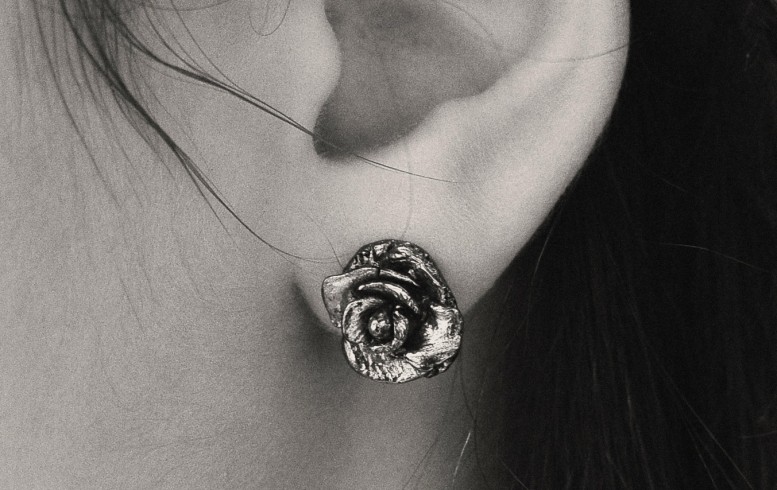
 Jonah Groeneboer is a British Columbia born artist now based in Brooklyn, and teaches in New York City. His work can currently be seen as part of a group exhibition at Cinders Gallery in Brooklyn. Resurrection, as the show is titled, "focuses on ideas of rebirth through drawings, sculpture, and photography."
Jonah Groeneboer is a British Columbia born artist now based in Brooklyn, and teaches in New York City. His work can currently be seen as part of a group exhibition at Cinders Gallery in Brooklyn. Resurrection, as the show is titled, "focuses on ideas of rebirth through drawings, sculpture, and photography." 